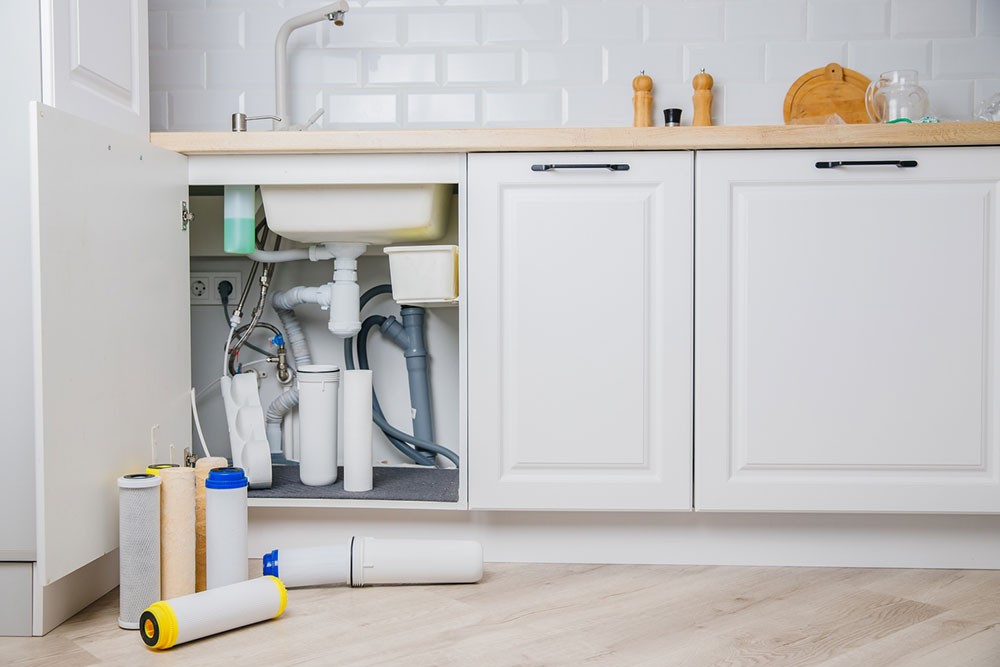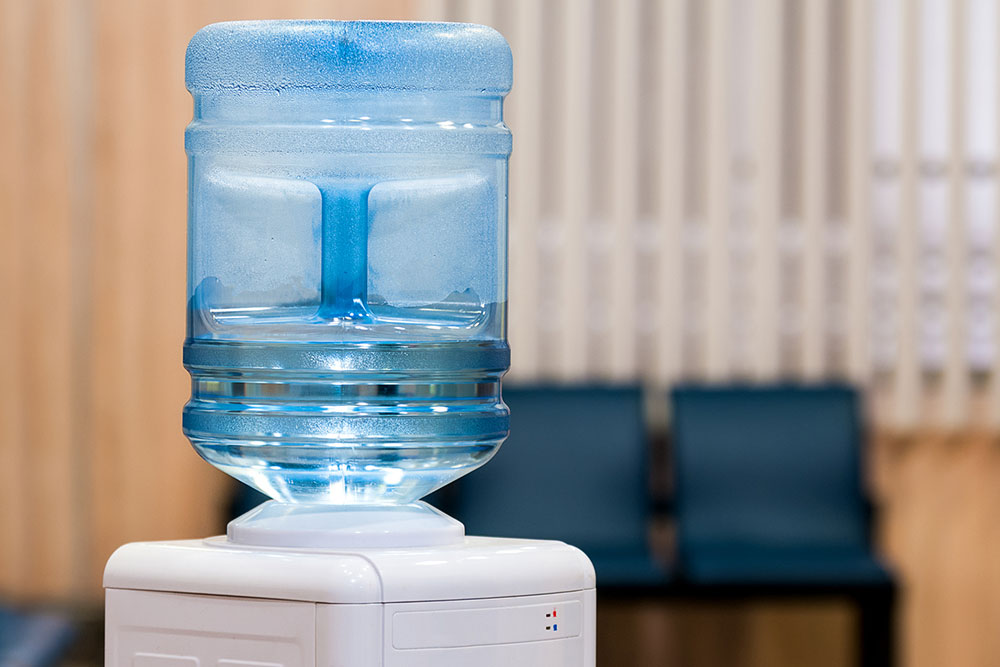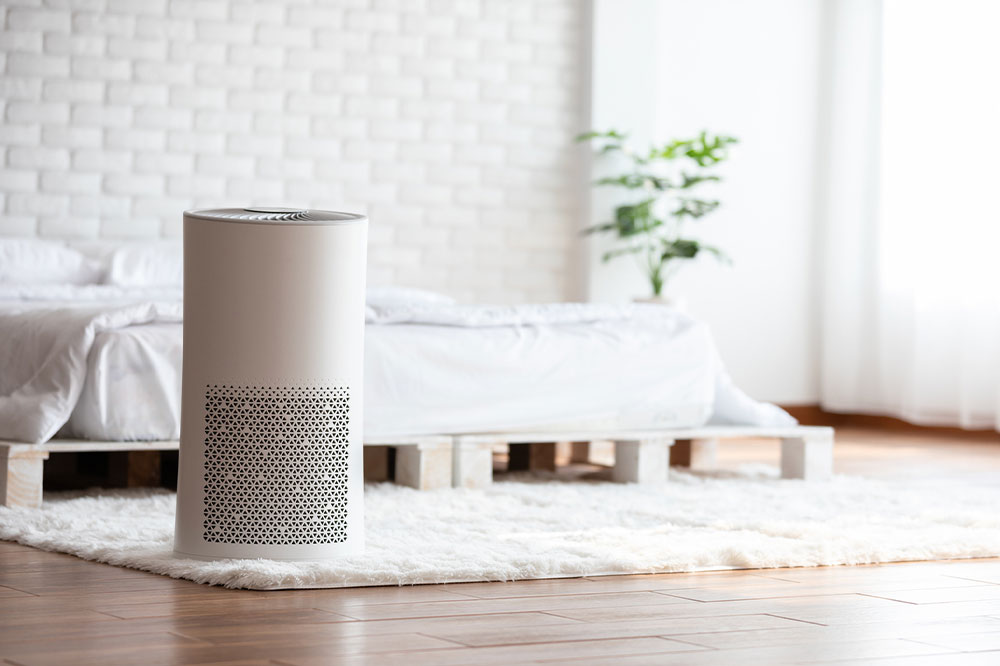6 tips for choosing the best home water purifier

Water bodies getting increasingly contaminated each passing day raises a concern for people. One can not help but wonder how unsafe drinking tap water might be if improperly purified. This is why investing in a good water purifier is an ideal choice. With the right product, one can safeguard one’s family’s health. To assist in making a decision, here is a brief guide discussing the benefits of having a water purifier at home.
Know more about the water source
Before selecting a water purifier, it is important to determine the source of the water supply to one’s house. This is crucial because it helps one understand what contaminants might be in the water. One can obtain this information through the Consumer Confidence Report (CCR). A CCR is a report that provides information about public water sources. It mentions the specific water source, the treatment processes the water has undergone, and what is present in the water that is ultimately supplied to one’s house. This also includes information on the contaminants that could be remaining. One can obtain a Consumer Confidence Report by visiting the U.S. Environmental Protection Agency (US EPA) official website.
Decide the purpose of water purification
After learning about the water quality, one should evaluate why they need a water purifier.







